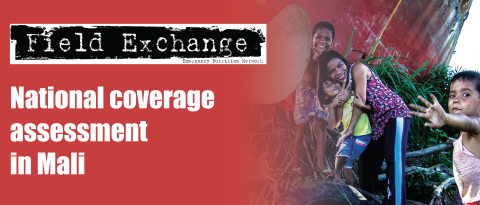Scalable integrated early child development programme using a conditional cash transfer programme in Colombia
 Summary of research1
Summary of research1
Location: Colombia
What we know: Poverty and the associated poor nutrition and lack of psychosocial stimulation are associated with poor child development.
What this article adds: A cluster randomised controlled trial in 96 towns in Colombia of an integrated early child development intervention (targeting the poorest 12-24 month olds), delivered on a large scale by local women, found significant effects of stimulation on cognition and on receptive language; there was no significant effect of micronutrient supplementation on outcomes and no interactions between supplementation and stimulation. Stimulation can be delivered effectively at scale as part of an existing welfare programme; tapping into local community networks is key. The extent of generalisability to other populations remains to be determined.
An estimated 219 million children aged less than 5 years in developing countries are failing to reach their developmental potential; poverty and the associated poor nutrition and lack of psychosocial stimulation have been identified as major risk factors. There are increasing demands for cost-effective, sustainable and quality integrated early childhood development programmes at scale that include nutrition and psychosocial stimulation components.
A recently published study set out to investigate whether an integrated early child development intervention, combining psychosocial stimulation (weekly home visits) and micronutrient supplementation and delivered on a large scale by local women in Colombia, benefited children’s cognitive, language, and motor development and their height, weight and haemoglobin levels. The study was conducted on beneficiaries of the Familias en Acción conditional cash transfer programme in Colombia2.
The study involved a cluster randomised controlled trial in 96 towns in Colombia using a 2 x 2 factorial design with arms of psychosocial stimulation, micronutrient supplementation, both combined and control. The intervention lasted 18 months. Computer generated allocation was applied. It was not possible to blind participants to their allocation to stimulation and the researchers did not use a placebo for micronutrients, but the testers were blind to group allocation. Participants were children aged between 12-24 months at enrolment and their primary caregivers, who were participants in the welfare programme. They were from the lowest stratum of socioeconomic classes in Colombia, representing the poorest one fifth of the population. The prevalence of anaemia was 46% and of stunting was 16%.
Cognitive, receptive and expressive language and fine and gross motor scores on the Bayley scales of infant development-111 and height, weight and haemoglobin levels were measured on enrolment and at the end of the intervention. The effect of stimulation on cognition was 0.260 of a standard deviation (P = 0.002), and 0.218 of a standard deviation (P=0.032) on receptive language. The researchers did not detect significant effects of supplementation on any outcomes and there was no significant interaction with stimulation.
Limitations of the study were that there were no measures of iron status and no placebo was used for micronutrients. Baseline analysis showed that the four samples were well balanced with no reason to suspect systematic biases or confounding factors affecting results.
One problem is whether the impacts are significant from a policy perspective and whether they are sustainable. Although the size of the impacts corresponded to more than a third of the gap in cognitive development between children in the lowest socioeconomic classes in Colombia and those in middle class families, whether these impacts are sustained in the medium and long term remains to be seen.
The authors conclude that this study provides new evidence that early childhood stimulation programmes delivered through the local community can be run effectively on a large scale and at low cost (the programme cost $500 per child per year). The key to generalizability of such programmes is to identify and tap into local community networks, which often exist alongside social welfare systems with established local administrative capacity. The extent of generalisability to other populations remains to be determined. The authors hypothesize that impacts could be improved by hiring full time home visitors and supervisors living locally.
1 Attanasio O et al (2014). Using the infrastructure of a conditional cash transfer programme to deliver a scalable integrated early child development programme in Colombia: cluster randomised controlled trial. BMJ 2014;349:g5785
2 Familias en Acción is the largest national welfare programme in the country; it began in 2002 and targets the poorest 20% of households. Beneficiaries receive cash payments if they comply with two requirements: regular health check-ups for children aged less than 6 years and regular school attendance for children aged more than 5 years.


 English
English Français
Français Deutsch
Deutsch Italiano
Italiano Español
Español